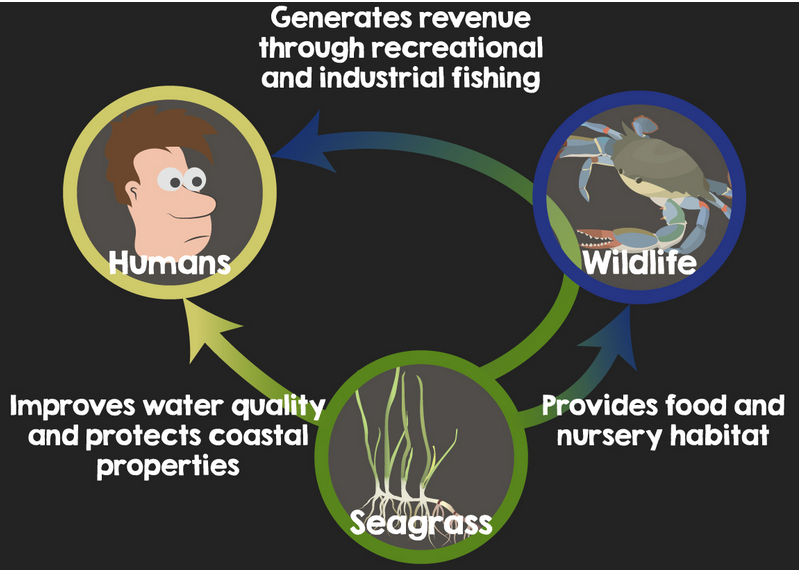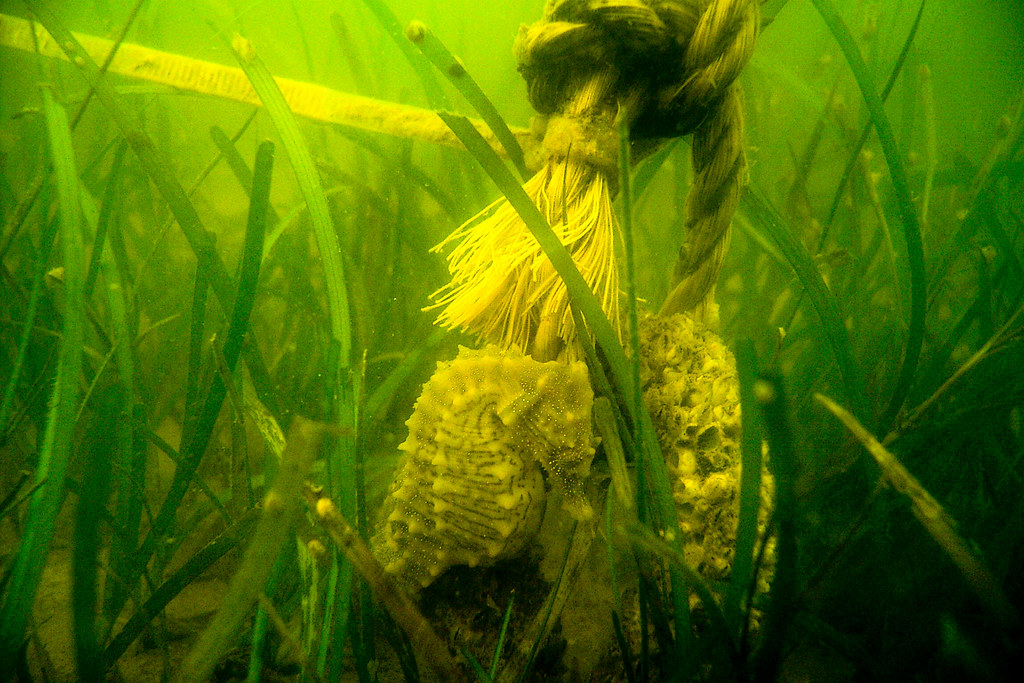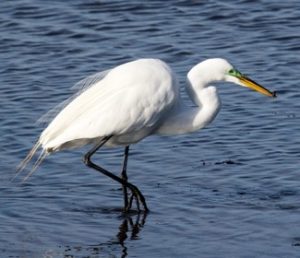On March 9th, over 25 scientists, managers, and restoration practitioners from the mid-Atlantic region gathered at Ocean County College to discuss the future of seagrass in New Jersey.
Within New Jersey’s estuaries, and especially within the Barnegat Bay, seagrasses like eelgrass (Zostera marina) and widgeon grass (Ruppia maritima) are key components of the benthic (bottom-dwelling) environment, removing nutrients from the water, providing habitat for economically and ecologically important fish and shellfish species, and protecting coastal properties. Visit the SquidToons website to see Don’t Harass the Seagrass, an educational comic strip illustrating the importance of seagrass.

Over the past half-century, seagrass communities in New Jersey have been in decline due to disease and the effects of eutrophication, falling to their lowest levels in 2009 (see page 60 of the BBP’s State of the Bay Report 2016). In response to these declines, the BBP’s revised Comprehensive Conservation and Management Plan (CCMP) includes a goal of restoring 10 acres of seagrass in the bay by 2030.
At the workshop, entitled “Seagrass Restoration: New Science and Best Practices,” attendees heard from Dr. Jessie Jarvis of the University of North Carolina-Wilmington about the results of a study predicting how seagrass in the Barnegat Bay will respond to changes in the bay’s water temperature and water depth over the next 70 years as a result of climate change. Ms. Megan O’Donnell of WSP then provided an overview of her work utilizing an adaptive management plan to reestablish eelgrass near the Barnegat Inlet. The final presentation was from Dr. Elizabeth Lacey of Stockton University, who discussed a new model she is developing to help select suitable sites for seagrass restoration.
The bulk of the workshop was then devoted to facilitated discussions and activities designed to help the BBP and interested partners develop a “Guidance and Best Practices for SAV Restoration in Mid-Atlantic Estuaries” document. As a group, participants developed a list of topics that need to be considered for successful restoration of seagrass, and then broke into small teams to explore each of the topics. The workshop closed with a review of the day’s progress and an agreement that the participants would stay engaged with each other through the development of a “Community of Practice,” a virtual meeting place where seagrass aficionados can ask questions, share seagrass news, and bounce ideas off each other.
Dr. James Vasslides is the Barnegat Bay Partnership’s Senior Program Scientist.


